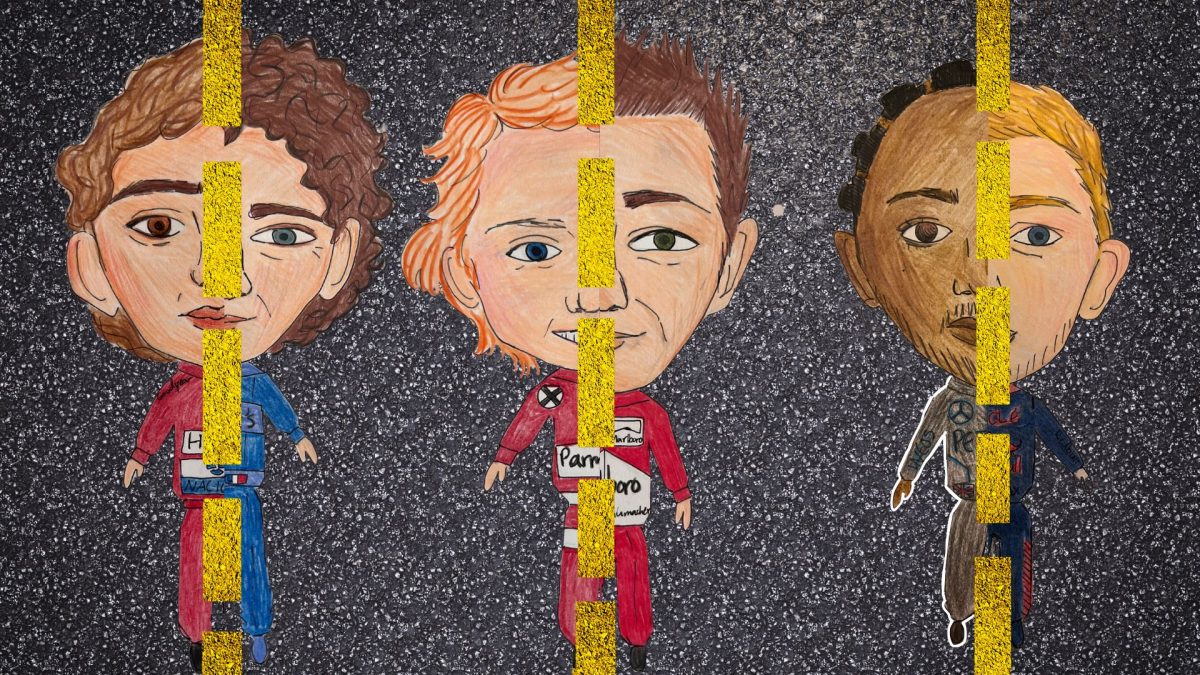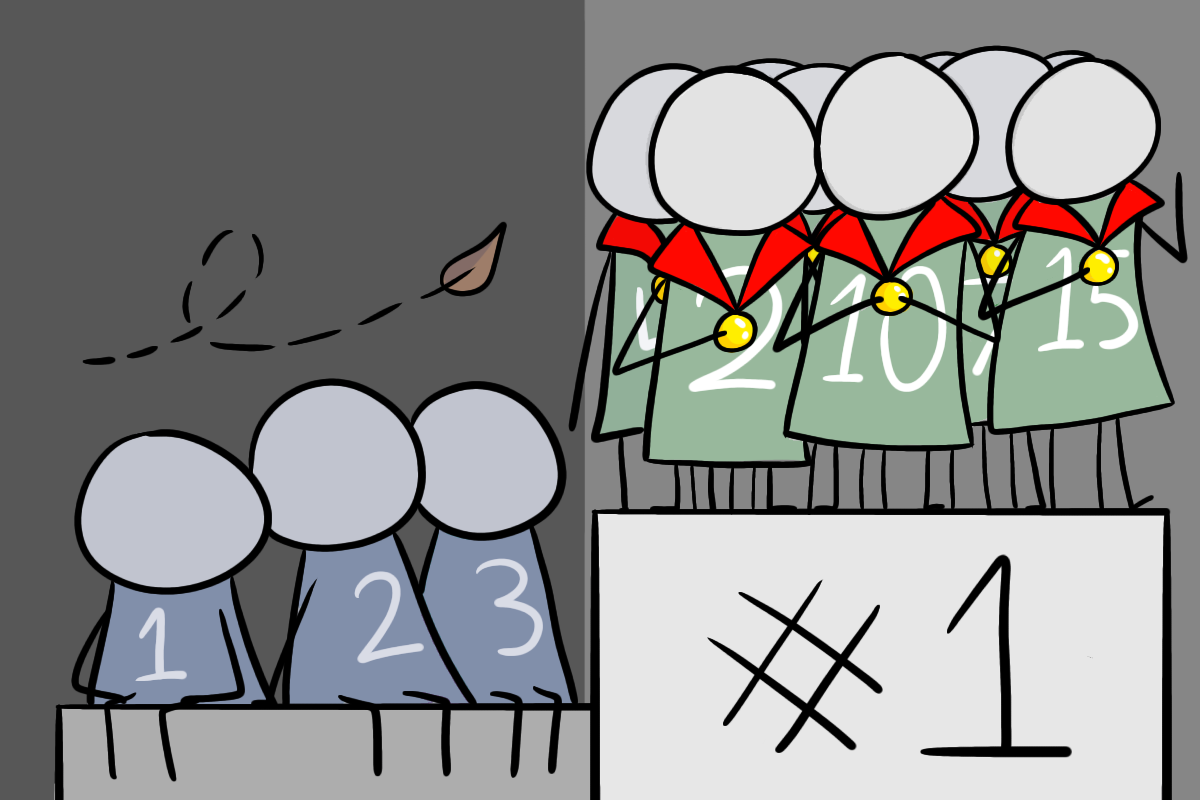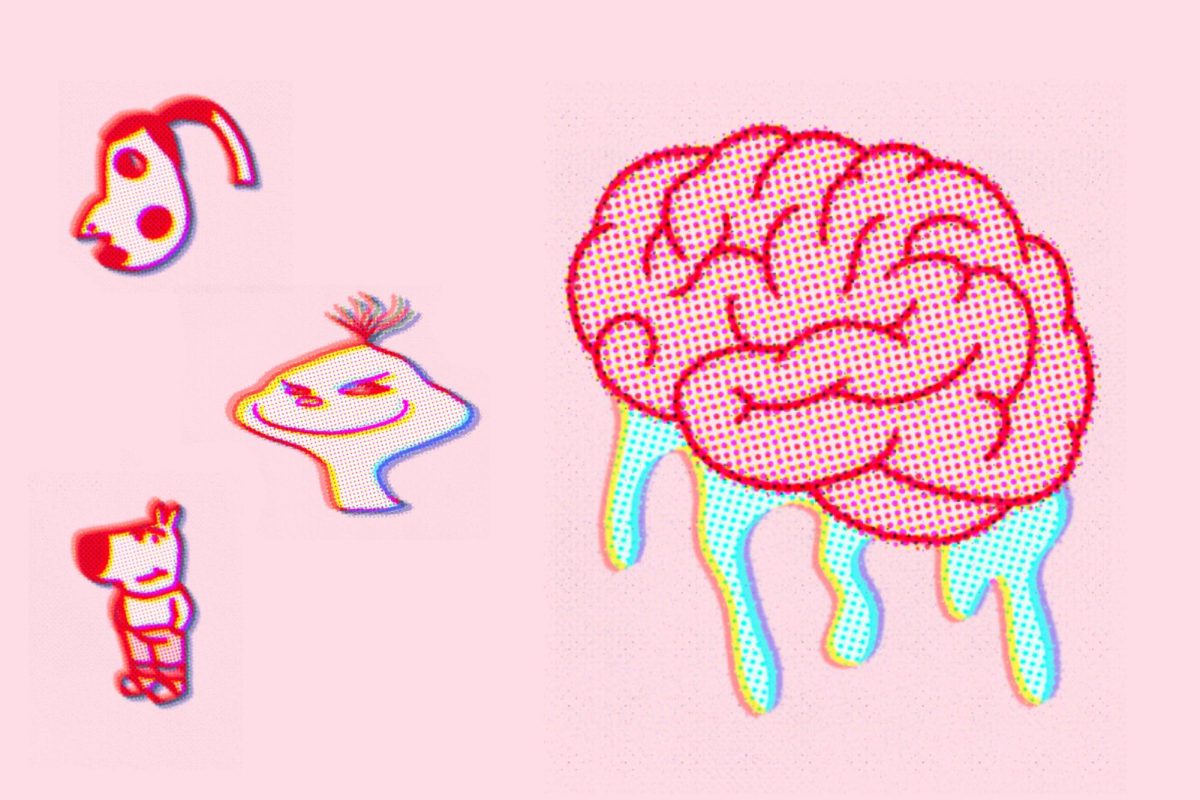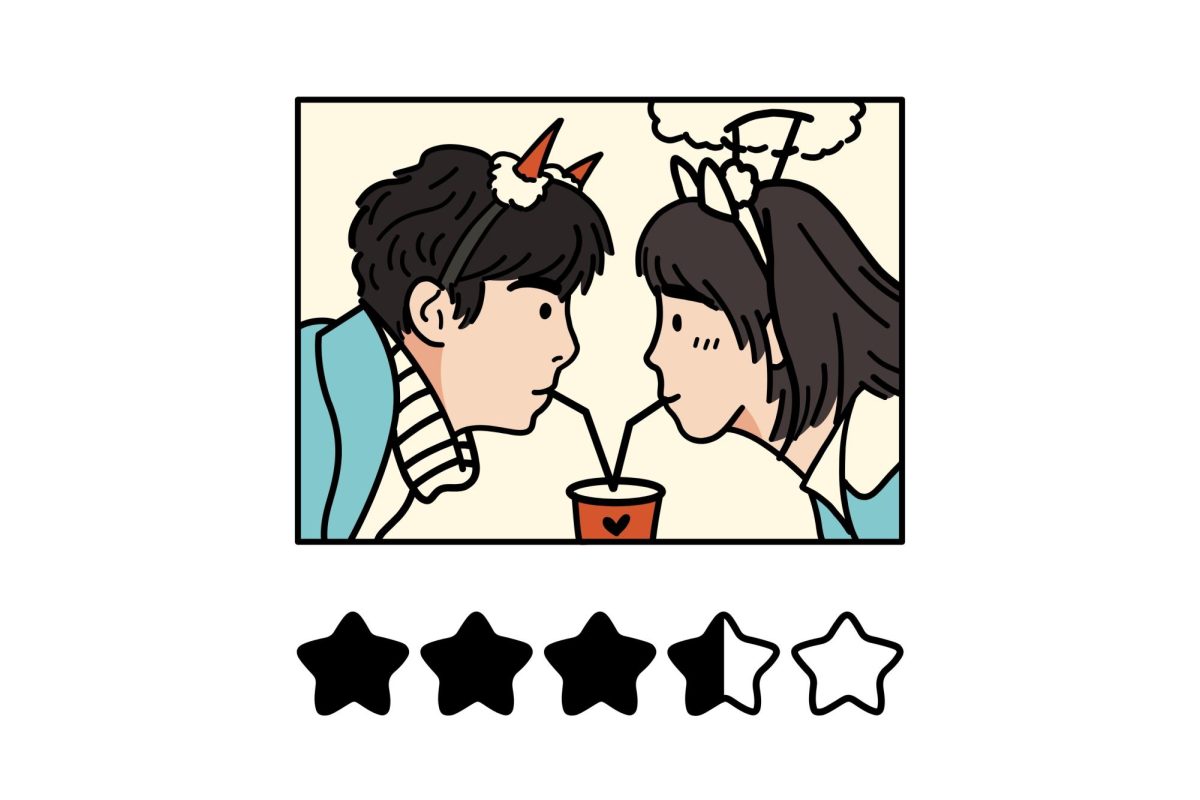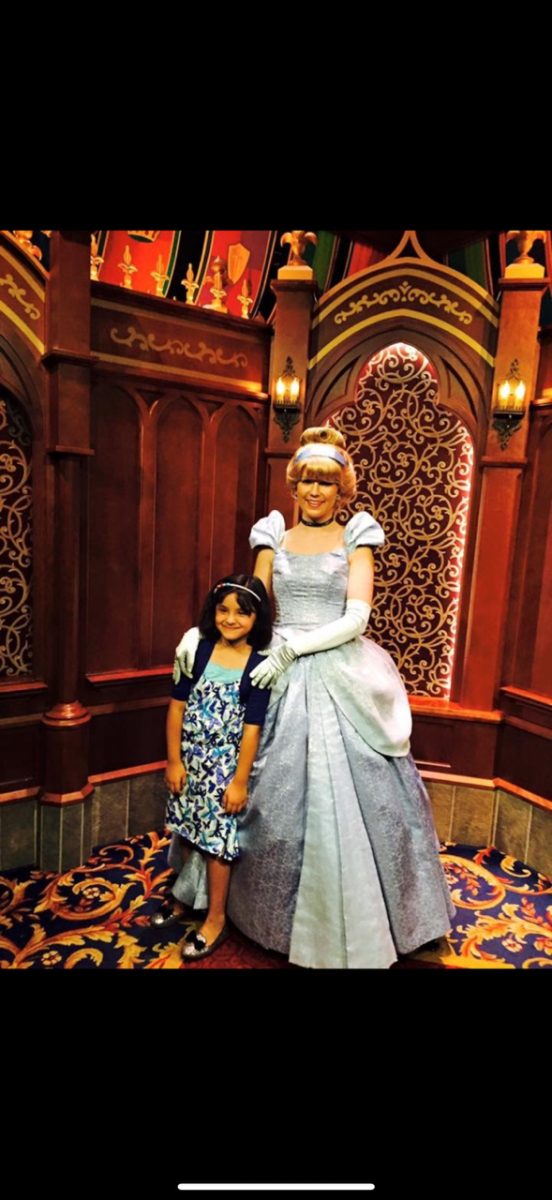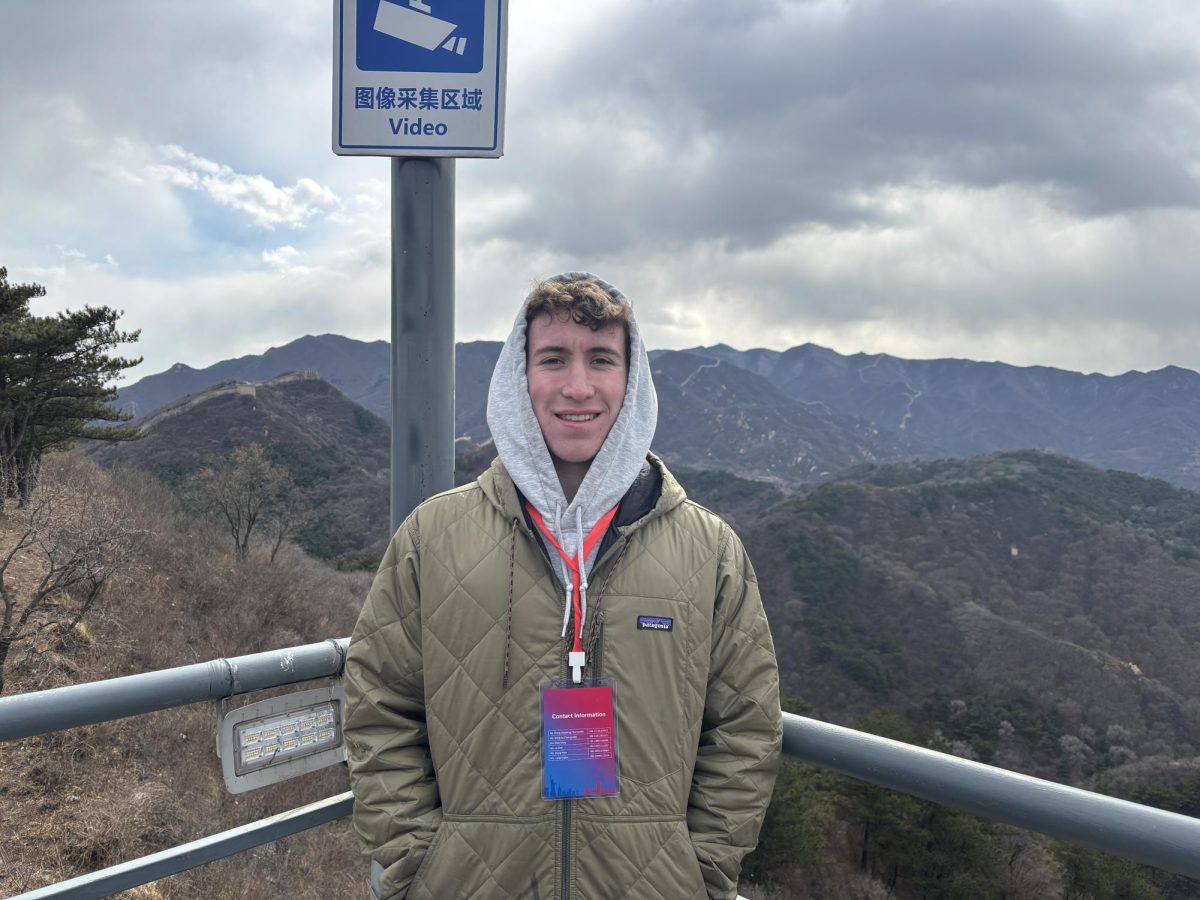As a kid, and even now, I’ve had a love for robots, from giant hulking hunks of metal to teeny-tiny machines the size of a palm. That’s why stories like “Wall-E” and “The Iron Giant” were so interesting to me, and “The Wild Robot” was no exception.
Written by Peter Brown in 2016, the book “The Wild Robot” follows a robot named ROZZUM 7134, or just Roz, that crashes ashore on a small island and struggles to survive the elements and the wildlife of the island. Roz was designed to follow orders and to assist whenever and wherever, but on an island with no human life and therefore no orders, she is thrown for a loop. Confused and led by a program-made drive to survive, Roz wanders in search of a safe place to lie in wait for orders. However, the island’s animal residents weren’t exactly happy about their loud new neighbor.
Roz didn’t exactly fit in the wildlife as she was a shiny hunk of metal sitting dormant in an ever-shifting ecosystem. Just as she was designed to do, she learned. Over time, Roz learns to better understand this strange ecosystem (leading to her finally grasping the language of the animals) and to figure out her task; her purpose. She took in the characteristics of what she saw and adapted to survive, but would later realize that this adaptation led to not only surviving but living as well.
Through countless missions of trial and error, Roz eventually befriends her animal neighbors through a small, orphaned gosling who now thinks Roz is her mother. With a new task, Roz sets about to raise the gosling—who she named Brightbill—and complete her task. But along the way, something happened that no ROZZUM unit nor their creators thought would occur: Roz developed emotions.
This book, for being a children’s novel, had a very heartfelt story, and if you decide to analyze “The Wild Robot,” you’ll see some deeper topics at play. But the book still held the childlike wonder and amusement even when handling these emotional topics such as fitting in, the hardships of being a mother and finding joy in life.
What drew me in was the ease with which the plot flowed, smoothly telling the story with humorous tones and showing the vibrant narrative through detailed descriptions, but still leaving room for the reader’s imagination to flourish. Peter Brown’s voice is unique, even interrupting the story as the narrator to address us as the readers, either to enlighten or simply to inform. That simple diction choice makes the story seem more personal and truly connects the readers to Roz’s adventures. Another aspect of the book that made it that much more fun and interesting was the use of pictures. Every few pages there would be either a half-page, whole page or simply a small box of a picture depicting the scene going on. A true children’s book that’s entertaining for everyone.
“The Wild Robot” was adapted to the screen and directed by Chris Sanders in 2024, and after watching the movie, I couldn’t stop thinking about the comparisons and contrasts between the book and the movie. The movie’s animation was exceptional, taking inspiration from the partial 2D stylization in other recent DreamWorks films such as “The Bad Guys” and “Puss In Boots: The Last Wish,” transforming the scenes to give a more hand-painted, picturesque feel. Aside from the animation of the film, the plot also transformed, just not as drastic.
In the book, when Roz first powers on, she introduces herself as ROZZUM 7134 and says that you may call her Roz, then gives her whole spiel about the capabilities of a ROZZUM robot. But in the movie, she only introduces herself as ROZZUM 7134, not disclosing—perhaps not even knowing—her nickname Roz yet. But later, she tells Brightbill, the orphaned gosling, to call her Roz when he was too small to pronounce ROZZUM, making the nickname more personal. This small difference between her name Roz and her factory name ROZZUM 7134 becomes somewhat of a dividing factor between the robot she was made to be and the robot she became during her time on the island.
During the movie, one of the topics that play a very large part in the storyline is Roz’s growth from being just another ROZZUM unit to her finding her place in the wild and feeling like she belongs. It’s apparent that multiple times throughout the movie, Roz feels out of place and doesn’t know how to fit in, but she ignores that feeling in place of raising Brightbill to be a proper goose. As Roz goes about raising a gosling, she gathers quite the attention of the animal residents, and many take interest in her task. Over time, Roz grows closer to the wildlife by helping them with their own tasks and even saving them during a brutal winter, which in turn leads the animals to trust Roz and consider her a member of their community. Roz changes, growing from a robot made to serve to a mother filled with love for her child.
With all the differences the book and the movie have, they both share one thing in common. An amazing and heartfelt story about a robot who finds her purpose on a wild island, becoming wild herself. I highly recommend reading and/or watching “The Wild Robot” to everyone.
Subscribe to our newsletter!
"*" indicates required fields



